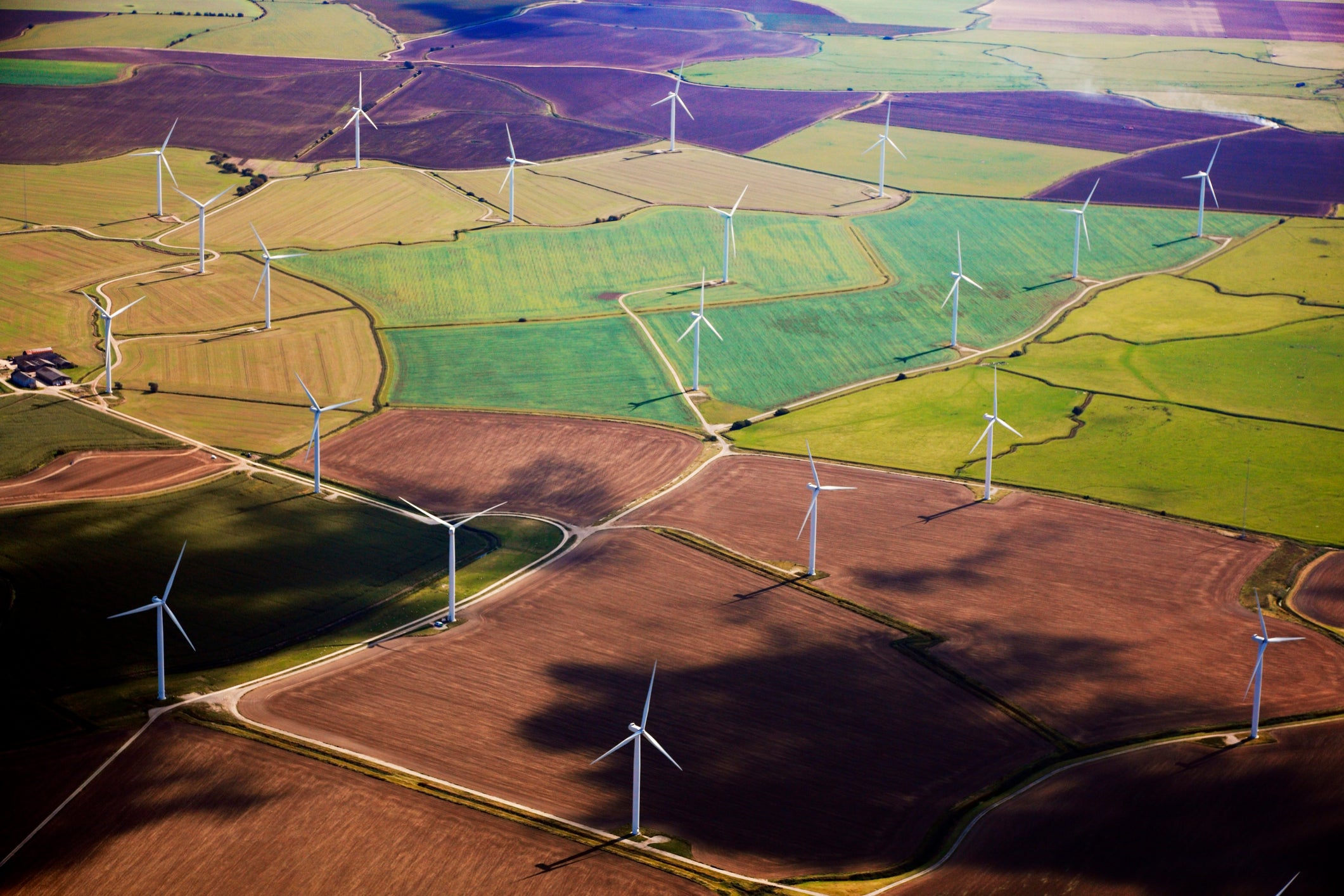
Decarbonising the European energy system by 2050 is possible, but only if policymakers act now, concludes a new Decarbonisation Speedways report by Eurelectric, the European electricity trade body. The report was published on 20 June at the start of Eurelectric’s annual power summit this week in Brussels.
Clean electrification has a key role to play in the decarbonisation of the energy sector, according to the report. Whether or not electrification and decarbonisation are successful, however, hinges on ambitious electricity market reform, accelerated permitting, grid investments and industrial competitiveness.
The report is a sequel to a 2018 study, updated to take new policy, technological and geopolitical developments into consideration. The updated decarbonisation scenarios are more ambitious than those published before the energy crisis.
Three scenarios for European decarbonisation are explored: one aligned with ‘Fit for 55’, one inspired by REPowerEU – the EU’s energy and climate response to Russia’s invasion of Ukraine – and a ‘Radical Action’ scenario that reflects an accelerated path towards net zero by 2040. All three scenarios show that achieving net-zero emissions by 2050 is possible.
“The introduction of the ‘Fit for 55’ package has significantly raised the decarbonisation ambition for Europe, and with that, the need for faster progress in decarbonising end use and the power system,” said Kristian Ruby, secretary-general of Eurelectric in the report.
Keep up with Energy Monitor: Subscribe to our weekly newsletterThe main driver of decarbonisation is direct electrification, targeting transport, buildings and industry. These sectors still rely on fossil fuels for 70% of their final energy demand. In addition to electrification, energy efficiency and alternative decarbonised energy sources such as bioenergy, renewable hydrogen and waste heat are other decarbonisation drivers.
According to Eurelectric, total installed capacity for electricity generation will have to triple by 2040 compared to 2020, ranging from 2584GW to 3484GW depending on the scenario. Around 80% of that capacity should be renewable, with an installed renewables capacity of 3520GW in 2040 for the most ambitious scenario. Meeting these goals is only possible with ambitious policy, says the trade organisation.
“The EU has highly ambitious targets for 2030,” said Leonhard Birnbaum, president of Eurelectric and CEO of E.ON in a press release. “The step change we achieve already this decade will determine our success in delivering any target we might set ourselves for 2040. That is why we must get laser-focused on making progress on the ground now. This means ensuring investors’ confidence, reaching warp speed in permitting for power generation and grid infrastructure, defending competitiveness – and modernising our grids to manage a bigger, more complex system.”
Decarbonising the European energy system requires considerable investments in power generation and infrastructure. According to Eurelectric data, the most ambitious of the report’s scenarios would require €117bn ($128bn) of investment per year between 2020 and 2050. For comparison, a business-as-usual scenario would need €58bn per year of investments. In total, the capacity investments and operational costs would account for more than half of the 2021 combined gross domestic product of the EU 27 countries.



